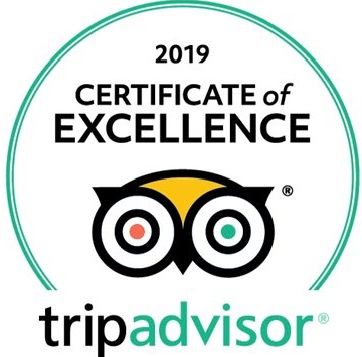Private DMZ Tour - Iconic Highlight from Hue City
Tour Duration – 10 hours
Highlights:
- Learn about the war between Vietnam and the USA between 1954 and 1975
- Travel up the famous Highway 9, which more or less follows the 17th parallel across Vietnam.
- Drive past infamous war sites such as “the Rockpile” and get an understanding of the terrain in which hostilities were conducted
- Visit the Dakrong Bridge area, considered to be the start of the infamous Ho Chi Minh Trail
- Visit the Khe Sanh Combat Base
- Discover the battleground demarcation line between the Communist North and free South that divided Vietnam into 2 separate states – Ben Hai River & Hien Luong Bridge
- Experience the amazing Vinh Moc tunnels, a complex tunnel system located deep in the Vietnamese Demilitarized Zone
- Travel the infamous Highway 1 back to Hue
Itinerary:
At 8:00am – Your tour guide and driver pick you up at your hotel in Hue city
After your early pickup on the way to the start of your tour, your guide will provide you with a brief history of the war between Vietnam and the USA to put your experiences on the tour into context.
We will travel via Highway 9, which more or less follows the 17th parallel across Vietnam. Running just south of the DMZ corridor, Highway 9 became the defensive line for the US Marines. The East-West corridor follows along the demilitarized zone. Its location on the northern edge of South Vietnam meant it was of strategic importance for the Americans to stop the Ho Chi Minh Trail supply lines (though the North Vietnamese simply skirted around into Laos and Cambodia).
We will drive past landmarks made famous in movies about the war, such as the Rockpile.
First stop –Dakrong Bridge
Our first stop is the Dakrong Bridge, which is considered to be the beginning of the Ho Chi Minh Trail. It is just west of the DMZ. The current bridge was built in 1975 following Vietnamese Unification, with Cuban aid and assistance. However, during the war, the bridge fell many times and was an important strategic location heavily fought over by the Americans and Vietnamese.
Second Stop – Khe Sanh Combat Base.
Proceeding on, our next stop is the Khe Sanh Combat Base. In 1966, Marines were sent into the area turning Khe Sanh into a major firebase. Battles around the base began in 1967. An influx of NVA troops in the area significantly outnumbered the Marines. South Vietnamese troops (ARVN – Army of the Republic of Vietnam) and Bru paramilitary forces lead to an increased presence of U.S. personnel and equipment. In 1967, the First Battle of Khe Sanh or the Hill Fights took place on Hill 881 North and South on the footsteps of the Khe Sanh combat base. Then from January to July 1968, the Battle of Khe Sanh proved to be a major turning point in the war.
Here you will have time to wander through the museum and examine the military hardware and the remains of the fortifications in the grounds.
Third stop – Lunch at local restaurant
On the way to our lunch stop, pass by other American military installations like Lang Vei Special Forces Base, Con Tien Firebase, Hamburger Hill and Camp Carrol. Very little remains of the US presence but the places themselves are memorials to those on both sides that lost their lives.
Fourth Stop – Ben Hai River
Proceeding on, our next stop is the Hien Luong (Freedom) Bridge across the Ben Hai River, the true demarcation line between two Vietnams for 18 years (from 1954 to 1972). You will have the opportunity to walk across the bridge and visit the memorial erected after reunification. You can also visit the small museum there and see where the UN conducted their negotiations in the period before the start of the war
Last stop – Vinh Moc Tunnels
Our last stop is Vinh Moc Tunnels, the refuge of more than 300 North Vietnamese people during different bombing operations for 6 years (1966 to 1972).
The tunnels were built to shelter people from the intense bombing of Son Trung and Son Ha communes in Vinh Linh county of Quang Tri Province in the Vietnamese Demilitarized Zone.
The villagers moved the village to a depth of 30 metres. It was constructed in several stages beginning in 1966 and used until early 1972. The complex grew to include wells, kitchens, rooms for each family and spaces for healthcare. Around sixty families lived in the tunnels; as many as 17 children were born inside the tunnels.
THE TOUR INCLUDES:
– Hotel pick up & drop off in Hue
– Knowledgeable English speaking tour guide
– Entrance tickets
– Lunch at a local restaurant
– Bottled water &refreshing cold towels
– Travel insurance
THE TOUR EXCLUDES:
– Drinks
– Tips and gratuities
– Personal expenses such as shopping
PRICE: Please contact Tomm for special cost per Pax for private tour









